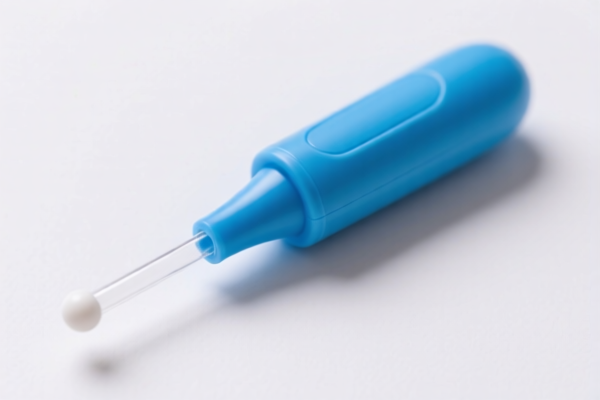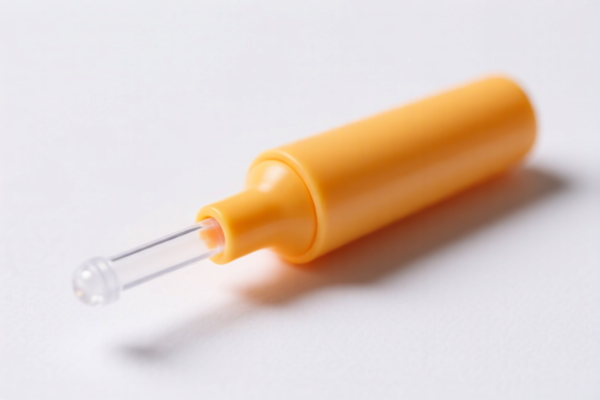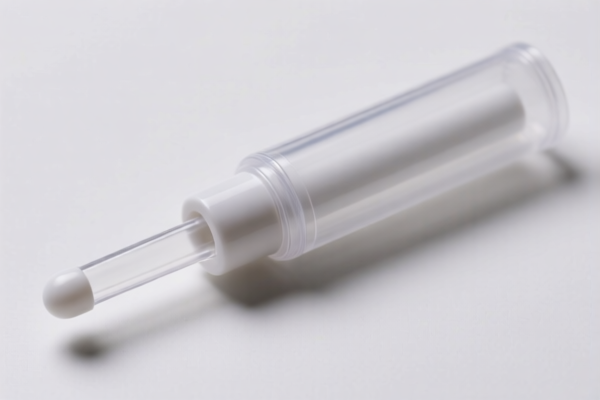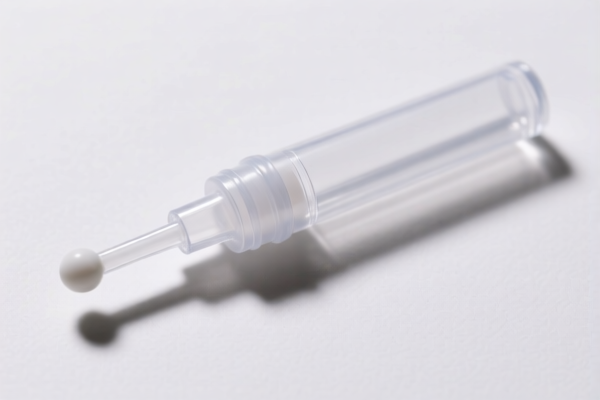| HS Code | Official Doc | Tariff Rate | Origin | Destination | Effective Date |
|---|---|---|---|---|---|
| 9018904000 | Doc | 30.0% | CN | US | 2025-05-12 |
| 3924905650 | Doc | 40.9% | CN | US | 2025-05-12 |
| 3926902100 | Doc | 41.7% | CN | US | 2025-05-12 |
| 3926902100 | Doc | 41.7% | CN | US | 2025-05-12 |




Ear Cleaner
An ear cleaner is a tool designed to remove cerumen (earwax) and foreign objects from the ear canal. While often referred to as "ear swabs" or "cotton buds," these are not the safest or most effective methods for ear cleaning and are generally discouraged by medical professionals for routine use.
Material
Ear cleaners are manufactured from a variety of materials:
- Plastic: Commonly used for the handle and sometimes the swab tip.
- Paper: Frequently used for the swab tip, often wound tightly around a stick.
- Cotton: The most common material for the absorbent tip, though not ideal for removing impacted wax.
- Metal: Stainless steel or other alloys are used in specialized ear picks and scoops.
- Silicone/Rubber: Used in some modern ear cleaning tools designed for safer wax removal.
Purpose
The primary purpose of an ear cleaner is to:
- Remove visible earwax: Addressing buildup that causes discomfort, hearing impairment, or tinnitus.
- Remove foreign objects: Safely extracting items accidentally inserted into the ear canal.
- Assist in hearing aid fitting and maintenance: Cleaning the ear canal to ensure proper hearing aid function.
Function
Ear cleaners function by:
- Physical Removal: Manually dislodging and extracting earwax or foreign objects.
- Softening Wax: Some tools, like those used with ear drops, aid in softening wax for easier removal.
- Irrigation Assistance: Certain ear cleaning systems utilize water or saline solutions to flush out earwax.
Usage Scenarios
- Home Use: Removing visible earwax after showering or bathing (with caution and proper technique).
- Medical Settings: Otolaryngologists (ENT doctors) use specialized tools for professional ear cleaning.
- Hearing Aid Maintenance: Regularly cleaning the ear canal to prevent blockage and ensure optimal hearing aid performance.
- Emergency Situations: Removing foreign objects inserted into the ear canal.
Common Types
- Cotton Swabs (Q-tips): The most widely available type, but often push wax further into the ear canal.
- Ear Picks: Small, scoop-shaped tools, often made of metal or plastic, used to manually remove wax.
- Ear Syringes/Bulb Syringes: Used to irrigate the ear canal with water or saline solution.
- Earwax Removal Kits: Contain ear drops to soften wax and a bulb syringe for irrigation.
- Electronic Ear Cleaners: Battery-operated devices that use suction or vibration to remove wax.
- Micro-suction: A professional procedure performed by an audiologist or ENT doctor using a microscope and suction device.
- Curettes: Small, spoon-shaped instruments used by medical professionals to carefully remove impacted earwax.
Important Note: The ear is a self-cleaning organ. Routine ear cleaning is often unnecessary and can be harmful. Consult a medical professional if you experience ear pain, hearing loss, or excessive earwax buildup.
Based on the provided information, determining the precise HS code for “ear cleaner” requires careful consideration of its material and function. Here’s a breakdown of potential classifications:
-
9018904000: This HS code covers “Instruments and appliances used in medical, surgical, dental or veterinary sciences, including scintigraphic apparatus, other electro-medical apparatus and sight-testing instruments; parts and accessories thereof: Other instruments and appliances and parts and accessories thereof: Other: Percussion hammers, stethoscopes and parts of stethoscopes”. If the ear cleaner is designed for medical diagnostic purposes (e.g., used by doctors to examine the ear canal), this code may be applicable. The total tax rate is 30.0%.
-
3926902100: This HS code covers “Other articles of plastics and articles of other materials of headings 3901 to 3914: Other: Ice bags; douche bags, enema bags, hot water bottles, and fittings therefor; invalid and similar nursing cushions; dress shields; pessaries; prophylactics; bulbs for syringes; syringes (other than hypodermic syringes) and fittings therefor, not in part of glass or metal”. If the ear cleaner is a plastic syringe-like device used for ear irrigation (cleaning with fluid), this code might be relevant. The total tax rate is 41.7%.
-
3924905650: This HS code covers “Tableware, kitchenware, other household articles and hygienic or toilet articles, of plastics: Other: Other”. If the ear cleaner is a simple plastic tool intended for general hygiene purposes (e.g., removing earwax at home), this code could apply. The total tax rate is 40.9%.
According to the provided reference material, the HS code options related to 'ear cleaner' are limited, with only the following 3 found.
It is important to note that the final HS code classification depends on the specific characteristics and intended use of the ear cleaner.
Customer Reviews
No reviews yet.